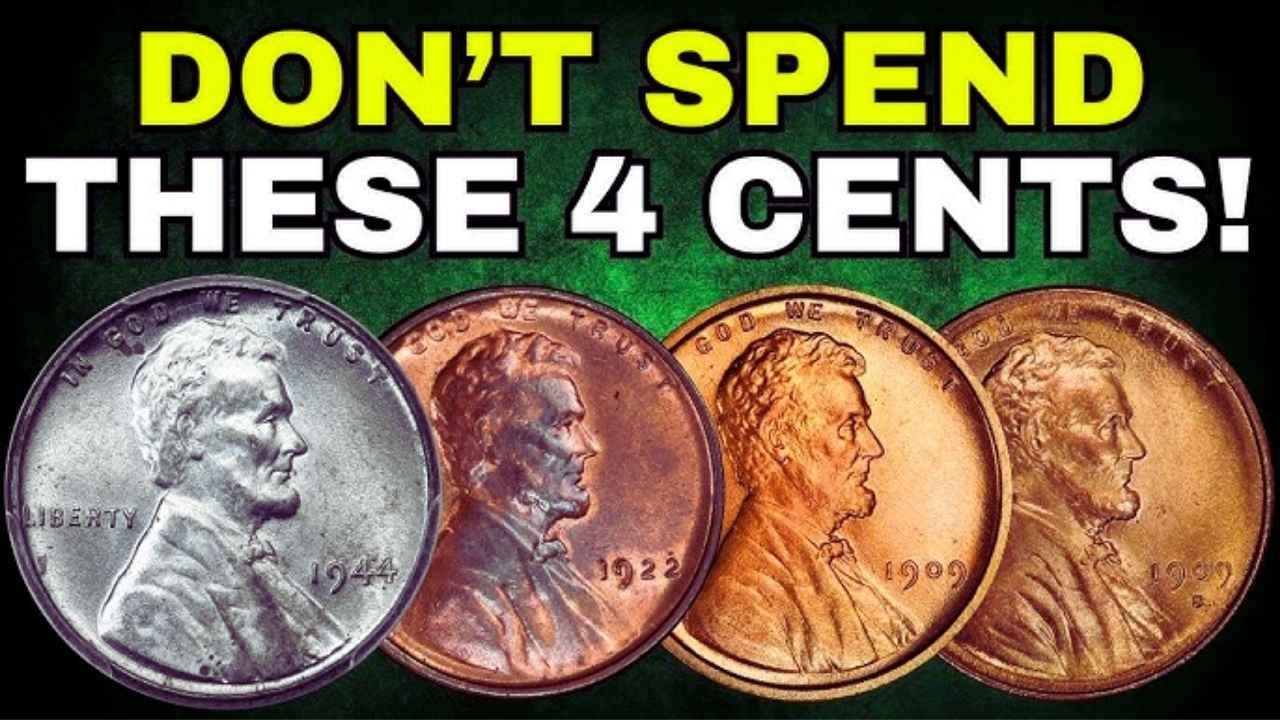A Piece of American History
Wheat pennies, officially called Lincoln Wheat Cents, are small coins with big stories. Minted from 1909 to 1958, these pennies feature Abraham Lincoln’s portrait on one side and two wheat stalks on the back. For collectors, they’re more than just old coins; they’re a window into America’s past. Their value depends on the year they were made, their condition, and how rare they are. Some wheat pennies are worth just a few cents, while others can fetch thousands of dollars at auctions.
What Makes Wheat Pennies Special
The value of a wheat penny comes down to a few key factors: the year, the mint mark, and the coin’s condition. For example, pennies from certain years, like 1909 or 1931, are rarer because fewer were made. The mint mark, a small letter on the coin showing where it was made (like “S” for San Francisco), also matters. Coins in great condition, with clear details and no wear, are worth more. Collectors love these coins because each one tells a unique story about the time it was made.
Key Years and Their Values
Some wheat pennies stand out because of their rarity or historical importance. Below is a table showing a few notable years and their approximate values in good condition:
| Year | Mint Mark | Approximate Value |
|---|---|---|
| 1909 | S | $100-$400 |
| 1922 | No D | $500-$1,000 |
| 1931 | S | $50-$150 |
| 1943 | Bronze | $10,000+ |
The 1909-S penny is valuable because it was the first year wheat pennies were made, and the San Francisco mint produced fewer coins. The 1922 “No D” penny is a famous error coin where the mint mark was accidentally left off. The 1943 bronze penny is a rare mistake from World War II when pennies were supposed to be made of steel, not copper. These coins are like hidden treasures for collectors.
How to Start Collecting
Collecting wheat pennies is a fun and affordable hobby for beginners. You can find them in old coin jars, at flea markets, or through coin dealers. Start by looking for common years, like those from the 1940s and 1950s, which are often worth just a few cents. Check the coins for mint marks and condition. Use a magnifying glass to spot details like Lincoln’s hair or the wheat stalks. Joining a coin club or reading collector guides can help you learn which pennies are worth keeping.
Tips for Keeping Your Pennies Safe
Taking care of your wheat pennies is important to maintain their value. Store them in acid-free holders or albums to protect them from scratches and dirt. Avoid cleaning the coins, as this can lower their value by damaging the surface. If you’re unsure about a penny’s value, ask a professional coin grader. They can tell you how much it’s worth and whether it’s a rare find. With a little care, your collection can grow in both value and meaning.
Why Wheat Pennies Matter Today
Wheat pennies are more than just collectibles; they’re a link to America’s past. Each coin carries a story from the early 20th century, from the Great Depression to World War II. For collectors, finding a rare penny is like uncovering a piece of history. Whether you’re hunting for a 1943 bronze error or just enjoying the hunt for a shiny 1950s penny, this hobby brings joy and a sense of discovery. Start small, stay curious, and you might find a wheat penny worth more than you expect.
